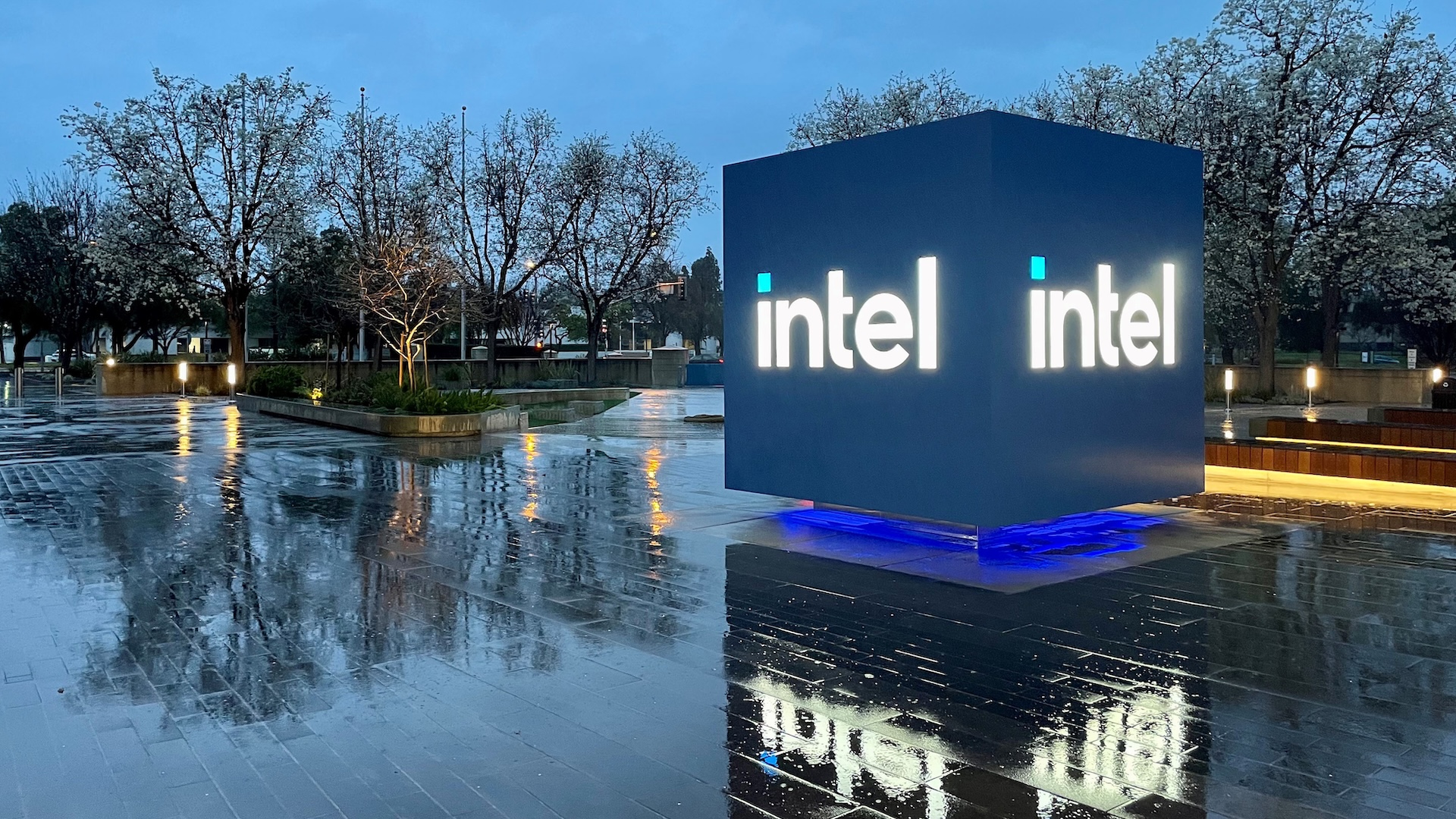Trump says Intel has made a 'fortune' and America has made $40 billion after the US invested in ailing chipmaker — Intel has gained $73 billion in market cap since investment

When the U.S. government procured a 10% stake in Intel back in late August, it was a major win for Intel as it represented an investment from America, the importance of which cannot be overstated. At the time, Intel's capitalization was a mere $107 billion; now, it is a whopping $181 billion. That deal brought billions of dollars both to the company and to the U.S. government.
"I think we are up $40 billion since I made that big deal for myself," said President Donald Trump in an interview with Fox News. "They came in to see me, and I say, 'You know what? I think United States should own 10% of your company.' And they gave me 10%. It has been good to them too. Their stock has gone up so much that they end up making a fortune, but we make $30 or 40 billion dollars on that deal. And the same thing with that Mountain Pass. But in that case, it's because we want to get the rare earth refined."
When SoftBank and the U.S. government obtained their stakes in Intel in late August, the company’s stock was trading below book value, which means that the company’s assets were worth more than its market capitalization. While the company had been posting losses for several consecutive quarters and was still not out of the woods, its low market capitalization was generally a reflection of its damaged reputation.
The company has managed to capitalize on 5G, cloud, and HPC megatrends but largely failed to capitalize on the AI goldrush. Nonetheless, Intel still supplies more data center and telco-oriented CPUs than its rivals. The company has yet to become a significant player in the foundry market, and it does not look like Intel Foundry has many major clients beyond AWS, Microsoft, and U.S. defense work.
However, Intel has managed to develop five production nodes in four years and is about to start mass production on its 18A process technology and shift a substantial portion of its production from TSMC to its own fabs. Last but not least, Intel has been losing market share to AMD but remains the world’s biggest supplier of CPUs for both client and data center applications, which is a big deal.
Not a lot has changed since the US government's investment in August: the company is still losing money and market share, all while not gaining a firmer position in the foundry market, which proves the point that Intel’s diminishing valuation was caused by its reputation and business performance rather than its market position and prospects.
Since then, in addition to selling its stake to the U.S. government and SoftBank, Intel has inked a strategic deal with Nvidia under which it will supply data center-grade CPUs for Nvidia’s AI platforms, integrate Nvidia GPUs designed for Intel’s client system-in-packages, and receive a 5% stake from Nvidia. The deal is a huge financial win for the troubled CPU maker and also a significant vote of confidence in the company and its products, as it essentially proves that Nvidia acknowledges the prowess of Intel CPUs in particular and the x86 instruction set architecture in general.
Get Tom's Hardware's best news and in-depth reviews, straight to your inbox.
Still, helping Intel survive its current turmoil makes a lot of sense for the U.S. government, as it is largely a matter of national security and industrial sovereignty. Intel is the only American company capable of manufacturing leading-edge logic chips, which are critical for AI, defense, and national security systems.
Backing Intel secures onshore chip production, reduces dependence on TSMC and Samsung in Asia, and advances the longer-term goal of rebuilding the domestic semiconductor supply chain. It also protects a strategic national asset from foreign influence and strengthens America’s position in the global race against China.

Follow Tom's Hardware on Google News, or add us as a preferred source, to get our latest news, analysis, & reviews in your feeds.

Anton Shilov is a contributing writer at Tom’s Hardware. Over the past couple of decades, he has covered everything from CPUs and GPUs to supercomputers and from modern process technologies and latest fab tools to high-tech industry trends.